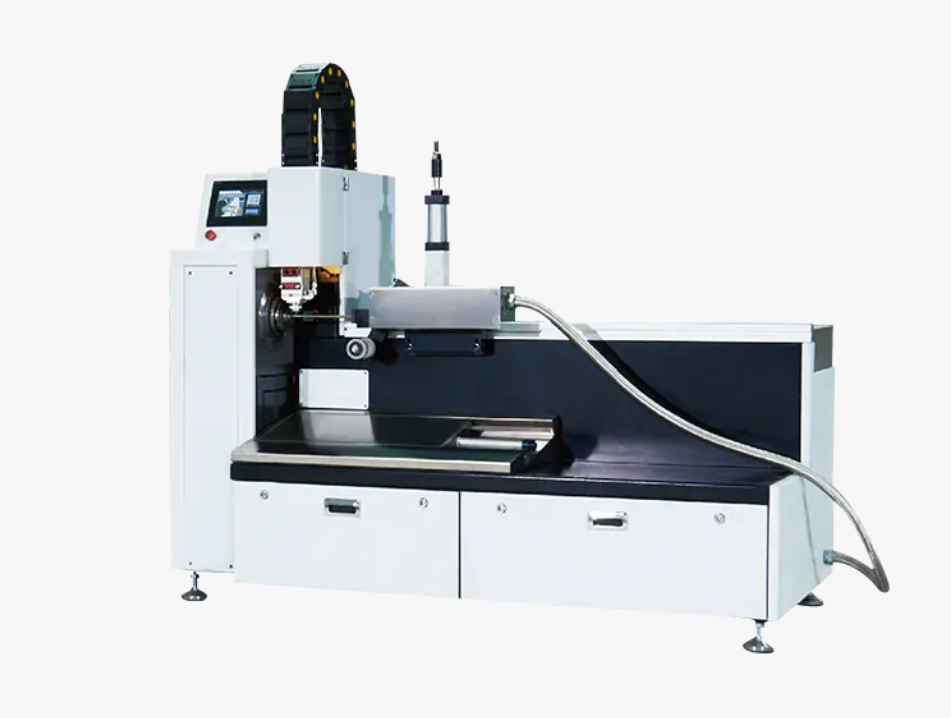CNC laser pipe cutting has become a widely adopted method in modern manufacturing due to its precision and adaptability. Unlike traditional cutting techniques, CNC laser systems use focused laser beams controlled by computer software to accurately cut pipes of different materials and sizes. The automation provided by CNC technology allows manufacturers to achieve consistent results while reducing manual labor requirements.
One of the key advantages of CNC laser pipe cutting is the ability to produce complex shapes and designs. Curved cuts, angled sections, and customized patterns can be executed with minimal adjustments to the machine. This flexibility makes CNC laser cutting suitable for industries ranging from automotive to construction, where specific pipe designs are often required.
The process begins by programming the pipe specifications into the CNC system. Operators can input dimensions, cutting angles, and patterns, which the machine then follows with precision. High-speed laser movement ensures that the cuts are smooth and accurate, reducing the need for additional finishing. Additionally, the heat generated by the laser is concentrated, minimizing material deformation and preserving structural integrity.
Maintenance and operation of CNC laser pipe cutting equipment require skilled personnel, but the learning curve is manageable due to intuitive software interfaces. Safety is also a significant consideration, as laser systems operate under controlled conditions to prevent accidents.
CNC laser pipe cutting represents a combination of efficiency and accuracy. It streamlines production, enables complex designs, and improves consistency across manufacturing projects. Companies that adopt this technology can enhance their workflow and achieve reliable outcomes with a lower margin of error. The versatility and adaptability of CNC laser pipe cutting make it a valuable tool in a wide range of industrial applications.

